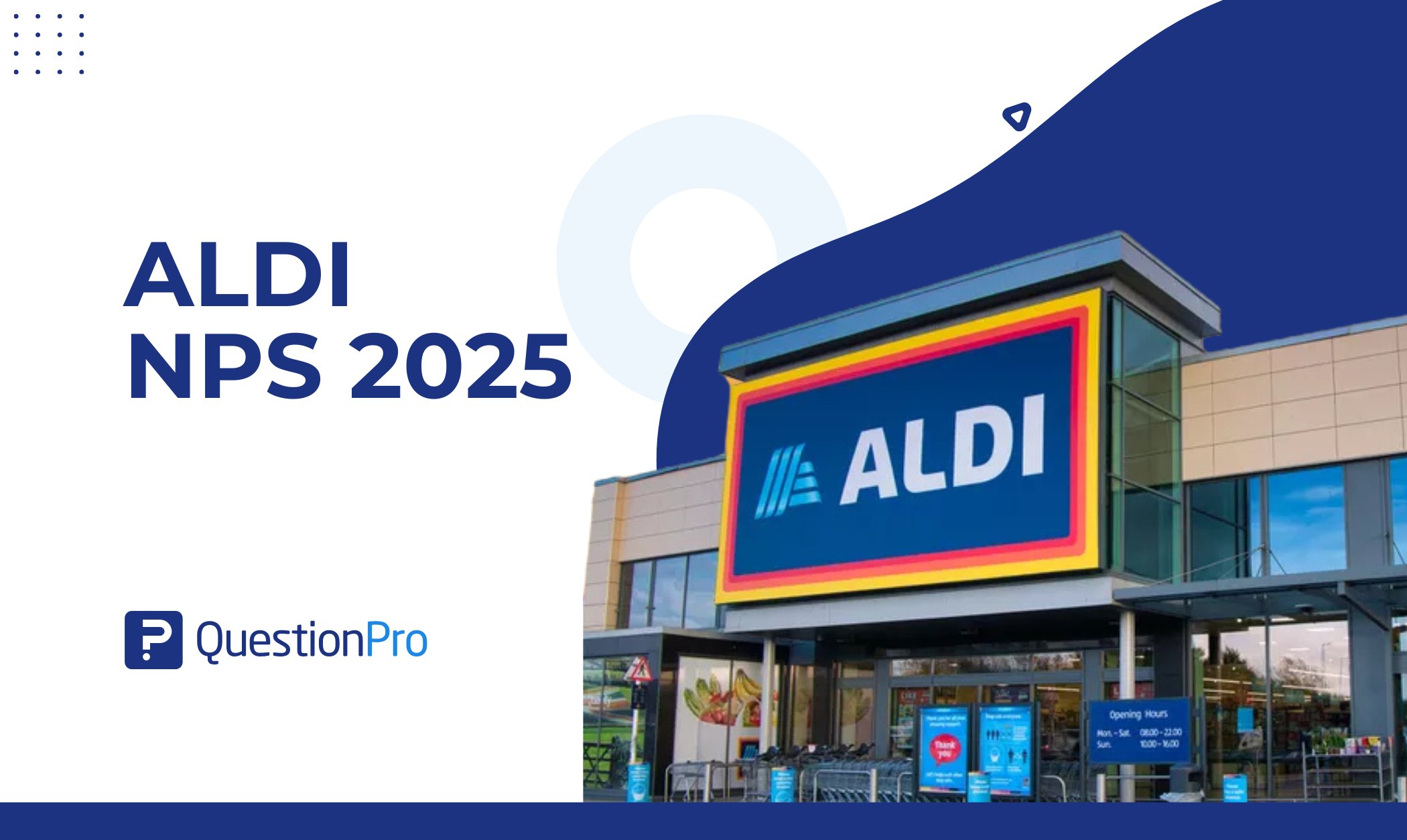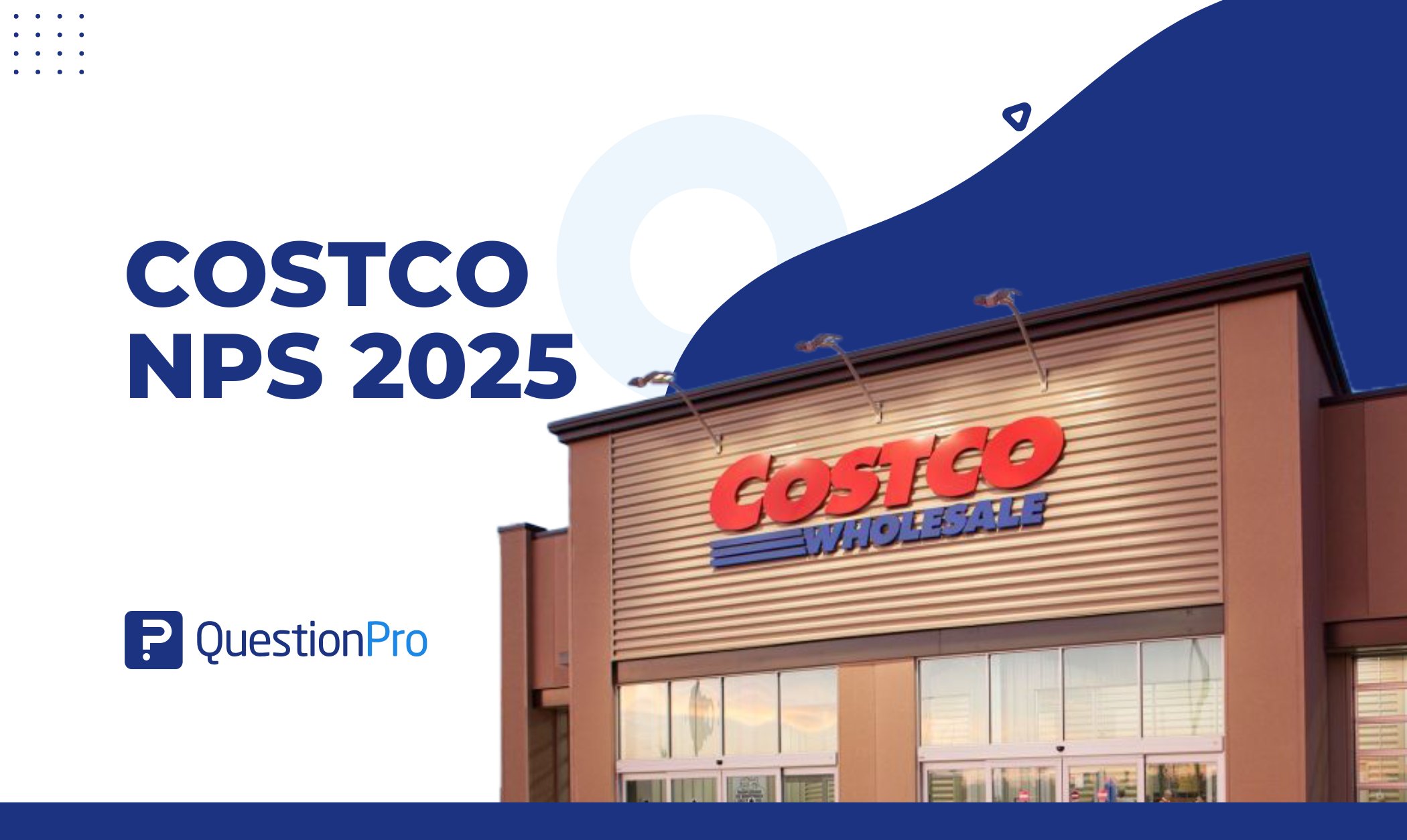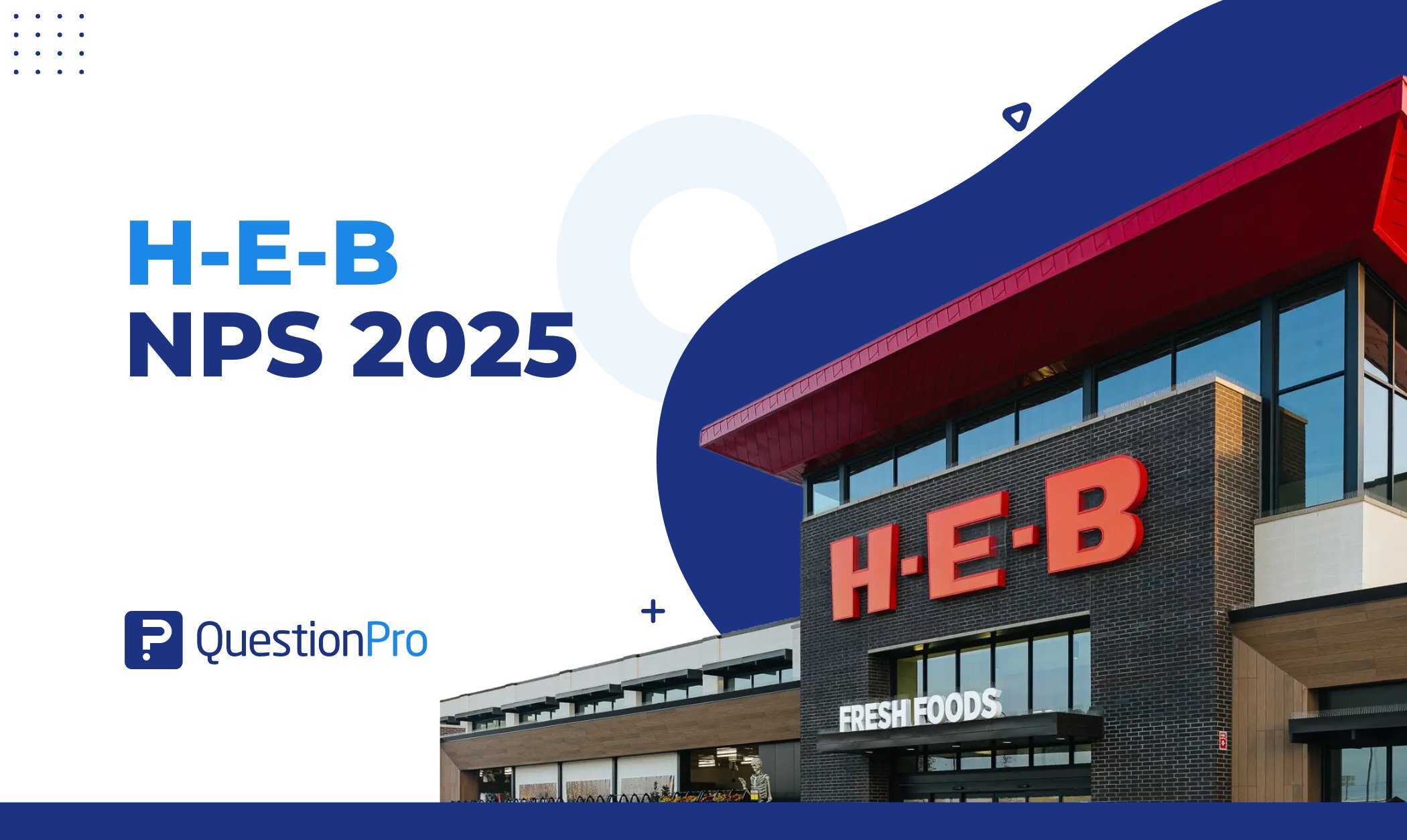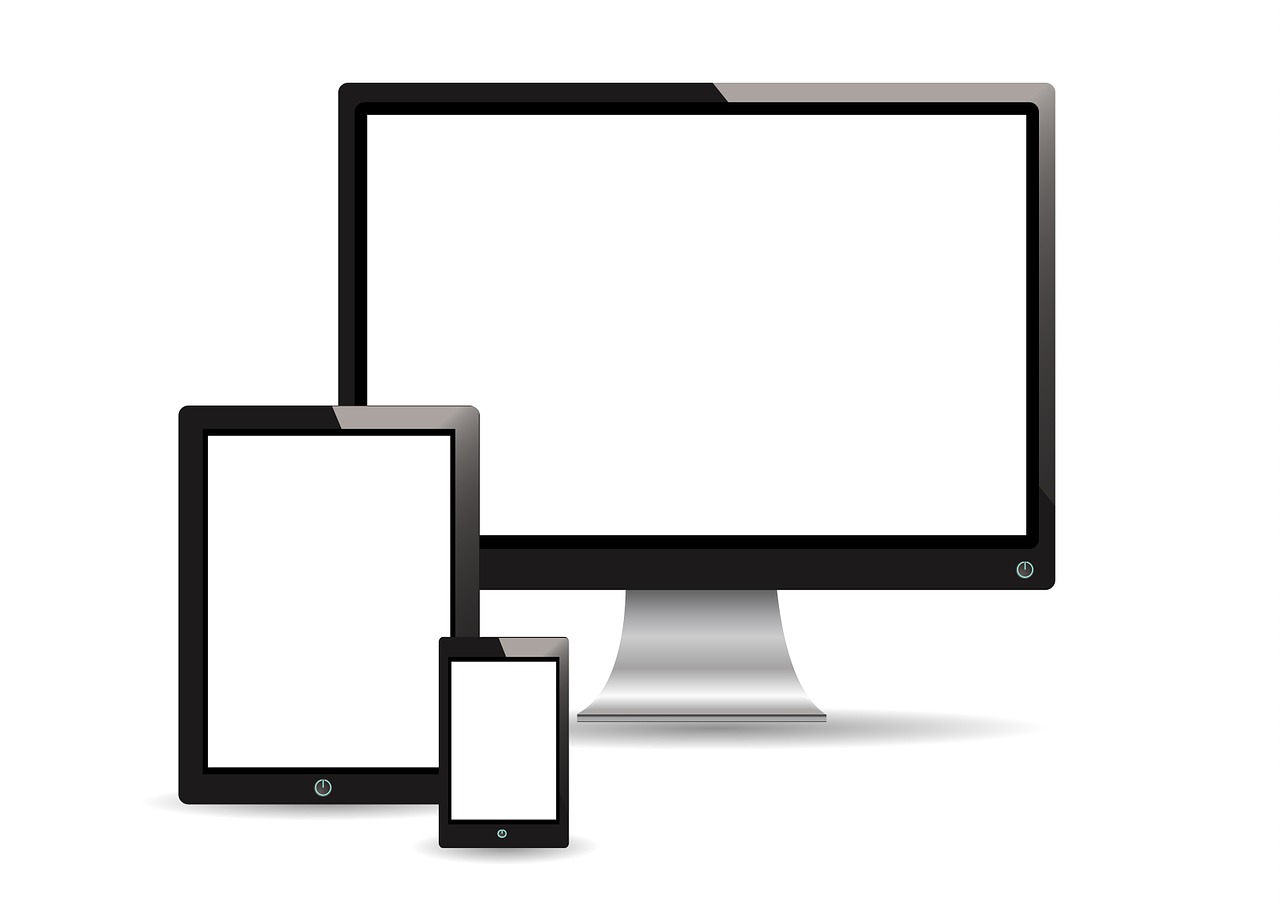
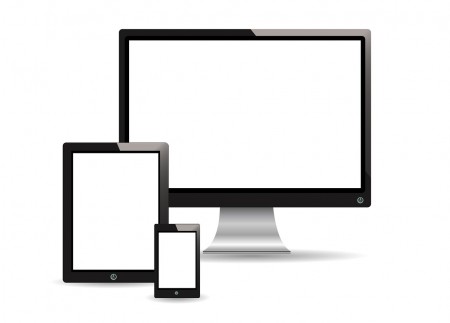
We’ve discussed sample size for a representative snapshot of a population and the difference when wanting to keep a pulse on what your audience is thinking. Today, we will focus on different ways you can distribute your survey and the expected response rates.
Definitions
Put simply, a survey mode is the way you decide to distribute your survey. In the field of research, survey modes generally stick to paper, telephone, email, online, or some combination of the various modes (called mixed mode). Recently, however, mobile has become a more accepted form of survey distribution and is now supported with research to back why mobile is a good mode of distribution.
Response rates means the number of responses received based on the number of surveys distributed.
Comparisons
Mobile and Online
Telephone, Mail, and Mixed Mode
Generally, all other survey modes have lower response rates: between 10-20%, with telephone surveys getting about 20% response rates and mail surveys getting about 10% response rates. The rates can be higher if using a mixed mode method, such as calling respondents to follow up in they haven’t responded to the mail survey.
LEARN ABOUT: telephone survey
Final Considerations
Regardless how you slice it, if you are just throwing your survey to the wind and hoping people answer, without defining your audience or survey purpose, you’re going to get a poor response rate. The same goes for if your survey is poorly designed, such as being too long, having too many questions, too much text, or even just looking uninviting. For best results, define your survey purpose (what do you want to learn), keep it short, target the audience that will be responding, and then turn to either online or mobile delivery for your survey.




![By Axlbest (Own work) [GFDL (http://www.gnu.org/copyleft/fdl.html), CC-BY-SA-3.0 (http://creativecommons.org/licenses/by-sa/3.0/) or CC-BY-2.5 (http://creativecommons.org/licenses/by/2.5)], via Wikimedia Commons](https://www.questionpro.com/blog/wp-content/uploads/2014/09/Pic_Survey-225x300.jpg)
